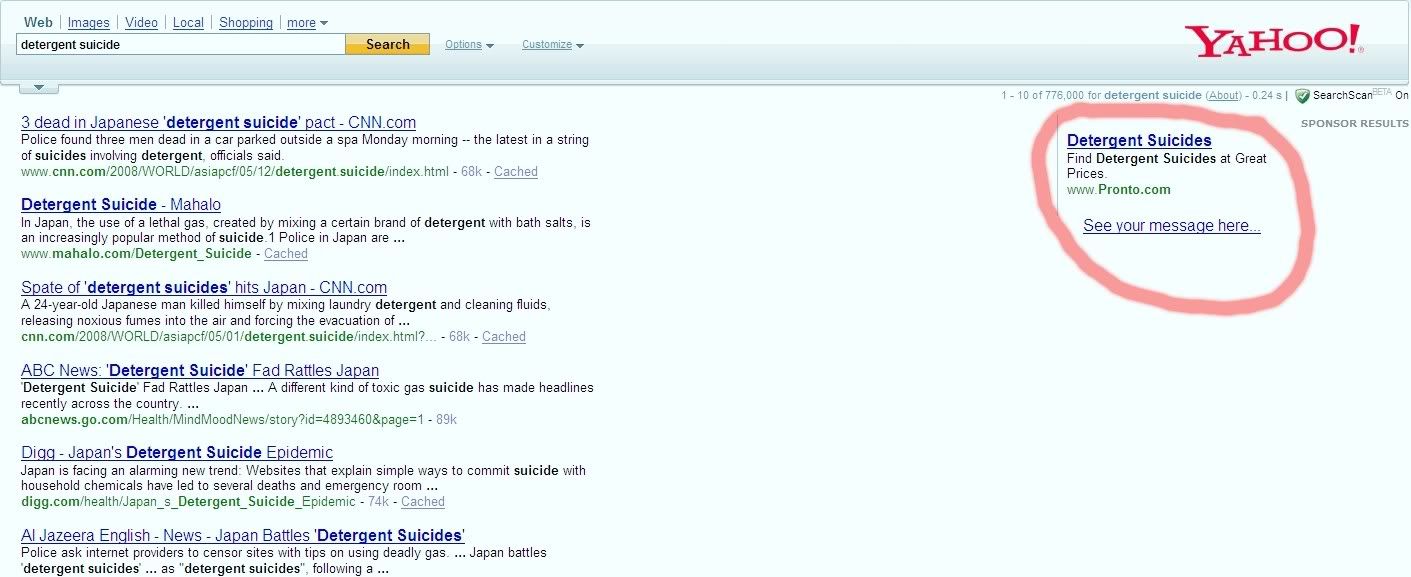This One’s for All Most of the Marbles
Judges know very well how to read the Constitution broadly when they are sympathetic to the right being asserted. We have held, without much ado, that “speech, or . . . the press” also means the Internet…and that “persons, houses, papers, and effects” also means public telephone booths….When a particular right comports especially well with our notions of good social policy, we build magnificent legal edifices on elliptical constitutional phrases – or even the white spaces between lines of constitutional text. But, as the panel amply demonstrates, when we’re none too keen on a particular constitutional guarantee, we can be equally ingenious in burying language that is incontrovertibly there.
It is wrong to use some constitutional provisions as springboards for major social change while treating others like senile relatives to be cooped up in a nursing home until they quit annoying us. As guardians of the Constitution, we must be consistent in interpreting its provisions. If we adopt a jurisprudence sympathetic to individual rights, we must give broad compass to all constitutional provisions that protect individuals from tyranny. If we take a more statist approach, we must give all such provisions narrow scope. Expanding some to gargantuan proportions while discarding others like a crumpled gum wrapper is not faithfully applying the Constitution; it’s using our power as federal judges to constitutionalize our personal preferences.
The able judges of the panel majority are usually very sympathetic to individual rights, but they have succumbed to the temptation to pick and choose. Had they brought the same generous approach to the Second Amendment that they routinely bring to the First, Fourth and selected portions of the Fifth, they would have had no trouble finding an individual right to bear arms. – Alex Kozinski, dissenting (PDF file) the denial of an en banc rehearing of Silveira v. Lockyer in the 9th Circuit Court of Appeals, May 6, 2003
On March 9, 2007 the U.S. Court of Appeals for the D.C. circuit found in favor of the plaintiffs in Parker vs. District of Columbia, for the first time overturning an existing gun law on the grounds that it violated the individual right to arms that is protected by the Second Amendment of the Constitution of the United States. The D.C. Circuit is only the second to have found that the Second Amendment does, indeed protect an individual, and not a collective right. The first was the 5th Circuit Court of Appeals in the U.S. v. Emerson decision of October, 2001 wherein the Court decided that the right protected was an individual right, but the law in question met that court’s understanding of “limited, narrowly tailored specific exceptions or restrictions for particular cases that are reasonable and not inconsistent with the right of Americans generally to individually keep and bear their private arms as historically understood in this country” – “albeit likely minimally so”.
Emerson and Silveira (along with the 9th Circuit’s Nordyke v. King and Hickman v. Block before it) represented a “circuit split,” wherein different circuits of the Courts of Appeal held different understandings of a fundamental Constitutional question. Emerson was appealed to the Supreme Court, and the appeal was denied. Silveira was appealed to the Supreme Court, and the appeal was denied.
Parker was appealed to the Supreme Court as D.C. v. Heller, and appeal was granted.
Oral arguments were heard on March 18, 2008.
It is most probable that the Supreme Court will hand down its decision tomorrow, the last Monday of this term.
The fundamental question at hand, and the only one I expect the Court to actually rule on, is whether the Second Amendment protects an individual right to arms, and that handguns are such arms as are protected by that Amendment.
I do not expect SCOTUS to rule on any other topic. Not on the level of scrutiny, not on the standing to sue of the other plaintiffs in the Parker suit (Dick Heller was the only person found to have standing to sue.) Not on the question of what other weapons are protected. And, most definitely, not on whether the Second Amendment is “incorporated” under the 14th Amendment’s “equal protection” clause against infringement by state governments.
This one’s for most of the marbles. IF our side wins (and after the Boumediene decision, I’m no longer quite as sanguine), there’s still a long way to go.
And a Democrat Congress to approve new judges for at least the next two, probably four, and possibly sixteen or more years.
But as early as tomorrow we will get to see, again, just which Justices on the Supreme Court are willing to “constitutionalize their personal preferences.”
UPDATE: As usual, the GeekWithA45 says it better than I can.

